For a top-ranked university like UWA, uptime isn’t optional—it’s mission-critical. With more than 28,000 students and a reputation for world-class research and education, every IT system supports something essential: student enrollment, academic timetabling, research funding, and learning platforms.
But behind the scenes, fragmented tools and siloed visibility were creating real problems.
Disjointed monitoring. Too many alerts. Too few people with access to take action. These challenges slowed response times, drained focus, and put the university’s digital services—and reputation—at risk.
From alert overload to proactive precision
UWA needed a smarter, more unified approach to observability. That’s when they turned to LogicMonitor.
Here’s how LogicMonitor helped:
- 90%+ alert reduction
Critical alerts dropped from 250 a day to as few as 10—giving IT teams clarity and control, not noise. - 200+ users with shared visibility
Over 200 stakeholders now use LogicMonitor to monitor, respond, and collaborate across infrastructure, applications, and services. - From firefighting to foresight
Thanks to historical trend analysis and intelligent alert tuning, UWA moved from reactive support to proactive system optimization. - Cross-campus collaboration
By embedding observability into departments beyond IT, UWA created a more connected, efficient way to manage services at scale.
“We now optimize systems and plan updates, rather than firefighting outages.”
— Steven Lim, Manager of System Administration, UWA
The future of higher education runs on resilience
Universities face growing pressure to deliver reliable services 24/7, support digital learning, and collaborate across decentralized teams—all without increasing headcount. UWA’s transformation shows how observability can help.
With LogicMonitor, education institutions can:
- Ensure always-on learning platforms and student services
- Reduce alert fatigue and improve focus on real issues
- Enable shared visibility and faster responses across departments
- Empower proactive planning through historical insights
The results?
Stronger resilience. Smarter operations. A better experience for students, faculty, and researchers alike.
